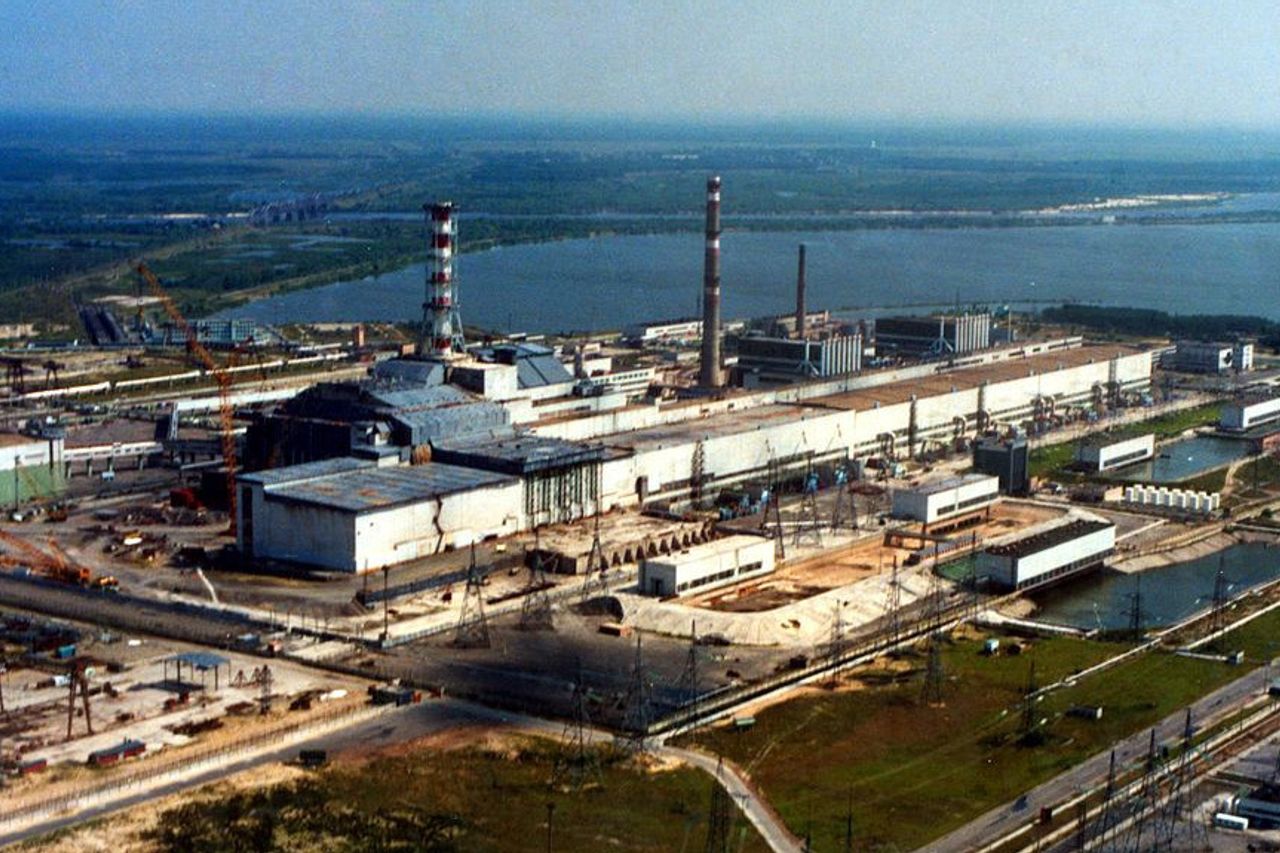Surge Of Radioactive Substances Detected In Scandinavia, Allegedly Coming From Russian Nuclear Power Plants

JAKARTA - A surge in radioactive gas was detected in the Scandinavian region. It is suspected that this surge came from a nuclear power plant (NPP) in western Russia. This is not the first time this has happened after the catastrophic explosion of the Chernobyl nuclear reactor.
As reported by the Associated Press, the analysis came from the Dutch health agency. They said the radioactive spike indicated damage to the nuclear fuel elements in the Russian nuclear power plant.
The Russian nuclear power plant operator, Rosenergoatom, denied any connection with the existing plants in Kola and Leningrad. The statement was reported by the Russian news agency, TASS.
In addition, some Scandinavian regulatory agents also detected elevated levels of radionuclides or radioactive isotopes. Radionuclides are atoms whose nuclei are unstable. Meanwhile, the excess energy in the nucleus will be released through radioactive decay.
Increased concentrations of radionuclides such as cesium-134, cesium-137 and ruthenium-103 were detected in Finland, southern Scandinavia and the Arctic. Lassina Zerbo, Executive Secretary of the Nuclear Test Treaty Organization, said that although this does not harm humans, it is a byproduct of nuclear fission.
"Radionuclides are man-made. The composition of nuclides can indicate damage to the fuel elements in nuclear power plants," an official at the Netherlands' National Institute of Public and Environmental Health told Live Science. However, due to the small number of measurements, monitoring agencies could not identify where the substance came from.
Not the first timeThis sudden radioactive surge evokes memories of the Chernobyl nuclear reactor detonation, the biggest nuclear disaster in history. A few days after the incident, a nuclear power plant in Sweden detected a radioactive surge. After that, the disaster that occurred in 1986 was exposed to foreign countries.
Several years later, a radioactive cloud was detected again in Europe. The incident was again linked to the Russian power plant.
Meanwhile, three years ago, a material was found that contained ruthenium-106 1000 times the normal level in Europe. Again it refers to a nuclear reprocessing plant in Russia according to a study from the journal National Academy of Sciences.


